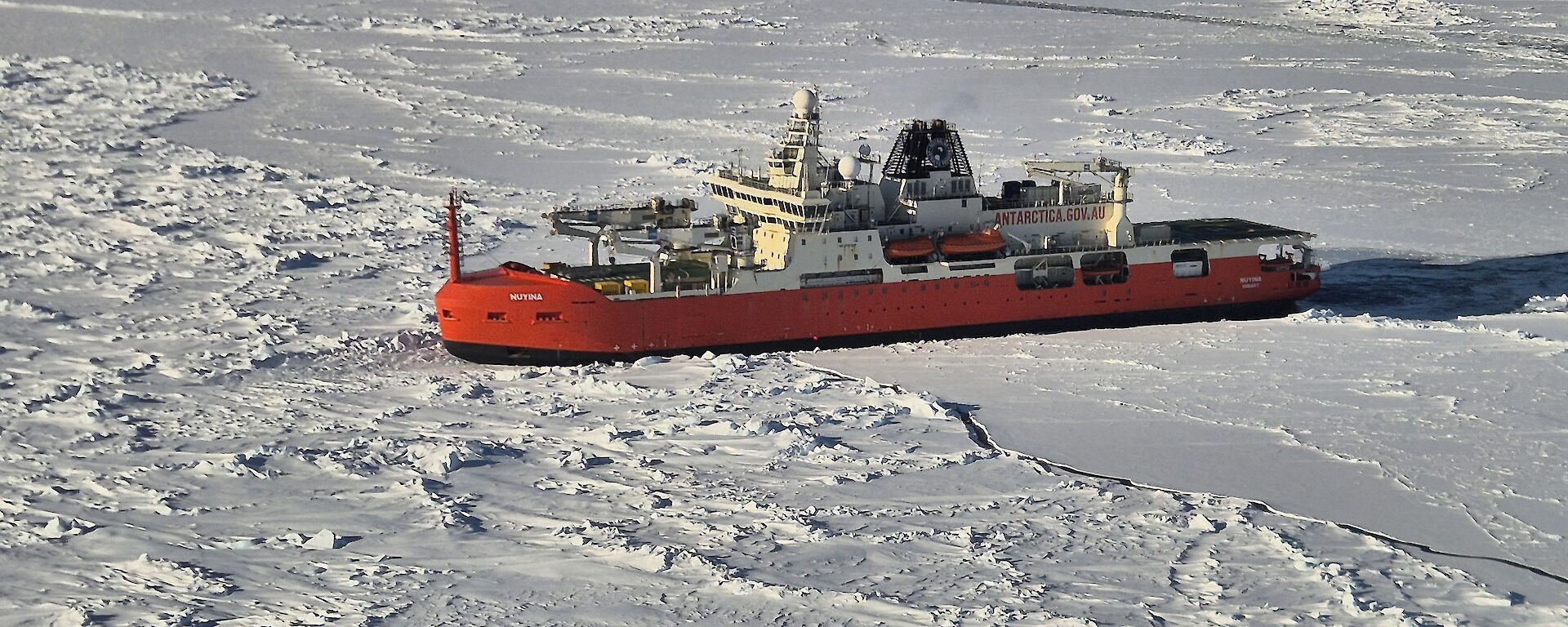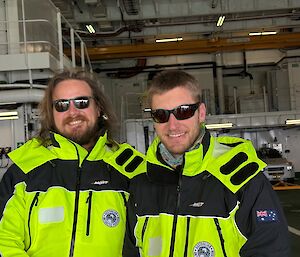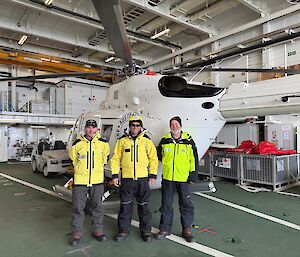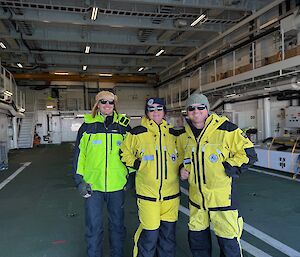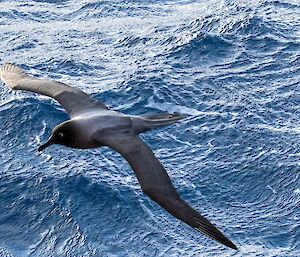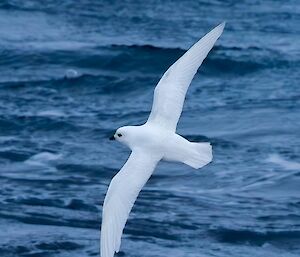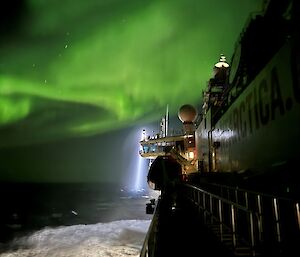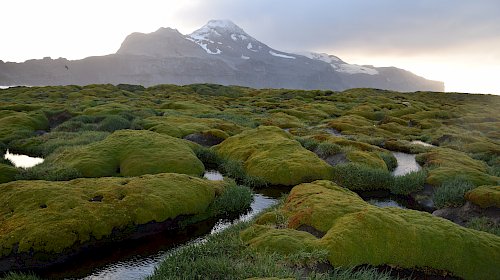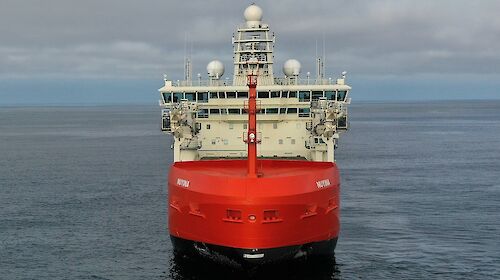One helicopter took the Wilkins Aerodrome team, then the station’s summer doctor and the chef and Traverse team, and brought one person back. The other helicopter took cargo – including mail for Casey expeditioners.
It’s surprising how fierce the sun is here when the clouds clear, even when the air is freezing.
By now everyone’s developed their own daily routine. Breakfast starts at seven, lunch at midday and dinner at five. Expeditioners can volunteer to help in the kitchen and many do, peeling vegetables or helping with the dishes. There’s also a cohort assisting with underway science projects like sea ice observations.
To keep active, some hit the gym, others walk laps of the ship when the weather allows it. Even if you’re not one for formal exercise, there’s no avoiding the stairs! You can hear the cursing in the stairwell when people get to the Observation Lounge on Deck 9 and realise they’ve left their book in their cabin, three or four flights down.
Quizzes are a popular pastime, and board games, and penguin spotting. All the lights go out in the Deck 9 Lounge when the light fades to avoid bird strike and it’s mesmerising, watching the ship’s spot light illuminate the ice ahead.
Science talks are held in the theatrette on some evenings and they draw both expeditioners and crew. So far there’s been one on auroras, one on the ship’s hydroacoustic mapping functions, one on the fascinating history of Heard Island and another on Southern Ocean seabirds – useful for those of us still learning our petrels from our albatross. The bird photos below were both taken by an expeditioner on this trip.
We hit open ocean again a few days after the fly-off and the focus has now turned to the second stage of the voyage – a ten day visit to sub-Antarctic Heard Island and McDonald Islands. Under the guidance of field leadership and the field training officers (FTOs), expeditioners have been practising putting up tents, using fuel stoves and familiarising themselves with radios and satellite phones.
We all sat and watched a video shot from a helicopter that circled Heard Island in 2008 from Australia’s previous icebreaker Aurora Australis, to get a sense of what’s coming.
Our clocks go back another few hours by the time we get there so at Heard Island we’ll be operating at UTC+6.

